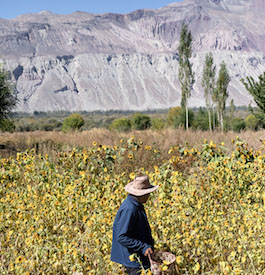

KAMALAN X ANOTHER ESCAPE, SEPTEMBER 2017
PROMINENT THEMES
-
Cuisine
-
Religion & Community
-
Nature & Wellness


Monuments of Minimalism
This journey across the North and West explores the phenomenon of modern architecture that gripped India during the 20th century...
Bespoke Journey • North India

Drops of the Same River
This journey takes one across the different states in North India, offering a gentle immersion into the many religions that shape the life of its people...
Bespoke Journey • North India

The Abode of Dreams
I landed in Mumbai early in the morning and the city’s daily rhythm was already underway. It was already wide awake and its urban charm...
Narrative • West India

Difficult Loves
The title of the exhibition is: “Difficult loves”, reminding me of a collection of short stories by Italo Calvino, one of my favourite authors...
Narrative • Delhi

RAAS Jodhpur
The walls of old Jodhpur hold stories of ancient and modern worlds - of a glorious past lost in a...
Hotel Guide • North India

Where Stones Speak
This journey traces the legacies set in stone, of empires that ruled the Deccan across the classical and medieval periods of history...
Bespoke Journey • South India





























